Bhartiya Sangeet Ka Itihas – Origin Of Music In India
Explore the rich history of Indian music, from ancient Vedic chants to the golden age of medieval music and the revival in the modern era. Discover key texts, influential musicians, and the cultural evolution of music in India.
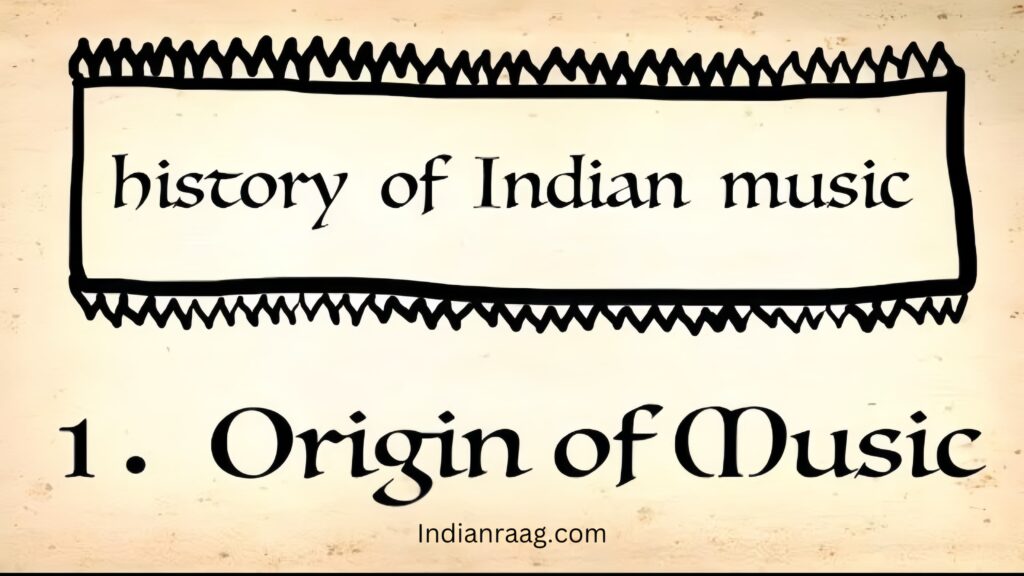
History of Indian Music
The history of music can primarily be divided into three main periods:
- Ancient Music
- Medieval Period
- Modern Era
Ancient Period of Music In India
This period is believed to have begun from the earliest times. During this era, the four Vedas were composed, with the Sama Veda being musical from start to finish. The hymns of the Sama Veda are still recited musically today. Initially, the evening chants were performed using three notes:
- Swarit
- Udatta
- Anudatta
Gradually, the number of notes increased from three to four, then five, and eventually seven.
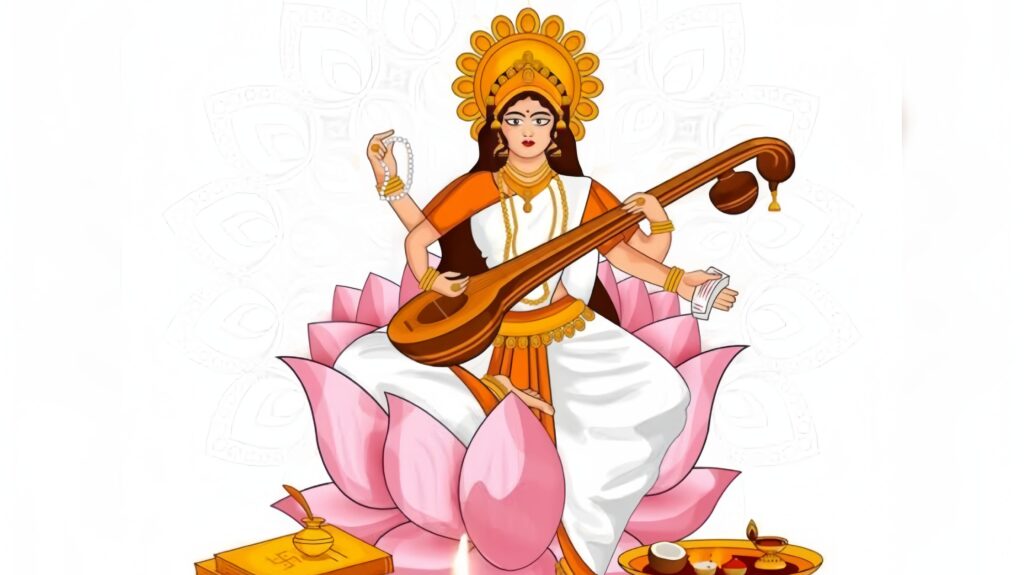
In our Indian scriptures, almost every deity is associated with a specific musical instrument. Vishnu has the conch (Shankha), Shiva the drum (Damru), and Lord Krishna the flute. Narada Muni and Goddess Saraswati are depicted with the Veena, and Saraswati is also known as the Goddess of Music. Whether it’s the temples of Khajuraho or Konark, references to various musical instruments and melodies are found in ancient texts.
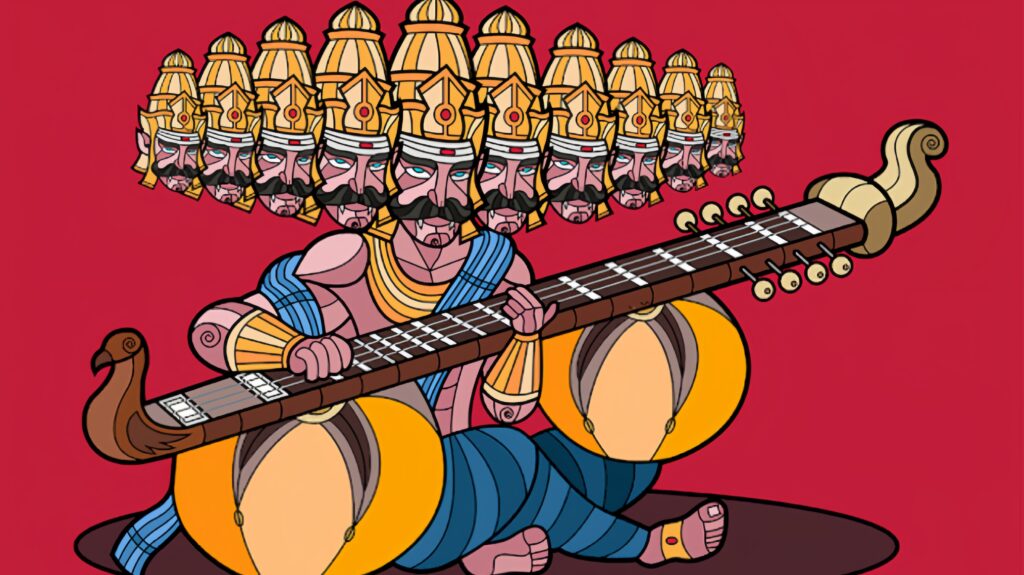
In the Ramayana, different types of musical instruments and references to music are mentioned. “Ravana himself was a great scholar of music and invented the instrument known as Rudraveena.”
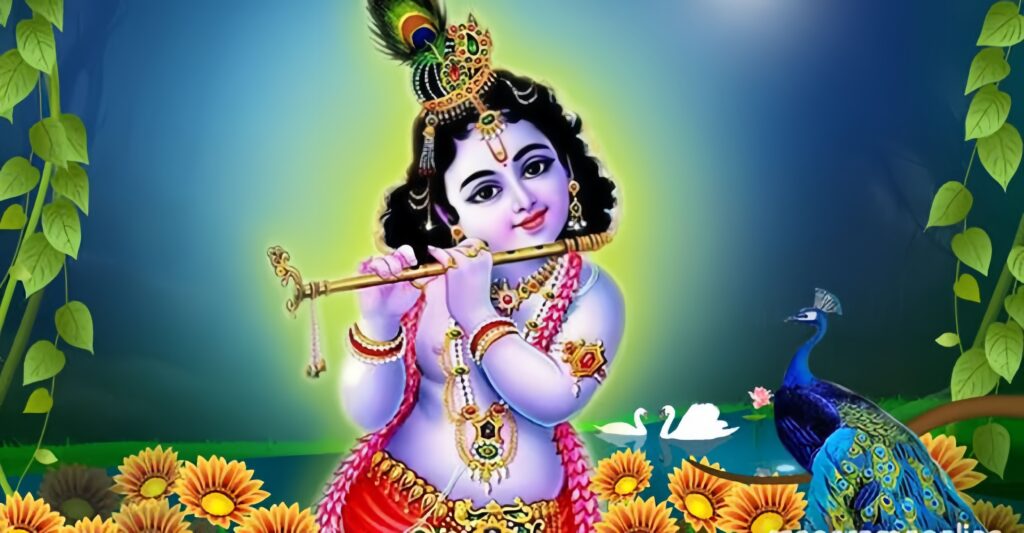
In the Mahabharata, there is mention of the Gandharva clan and Gandharva Gram, and Lord Krishna himself was a great musician.
Bharat’s Natyashastra
This is an important text on music, and while there are many opinions regarding the time of its composition, most scholars believe it was written in the 5th century. The sixth chapter of this text sheds light on musical subjects, proving that music was widespread during that time.
Narada’s Naradiya Shiksha
The authorship of this text is debated among scholars, but most believe it was written between the 10th and 12th centuries.
These texts indicate that music was well-established and popular during those times.
Medieval Period of Indian Music
Indian Classical Music
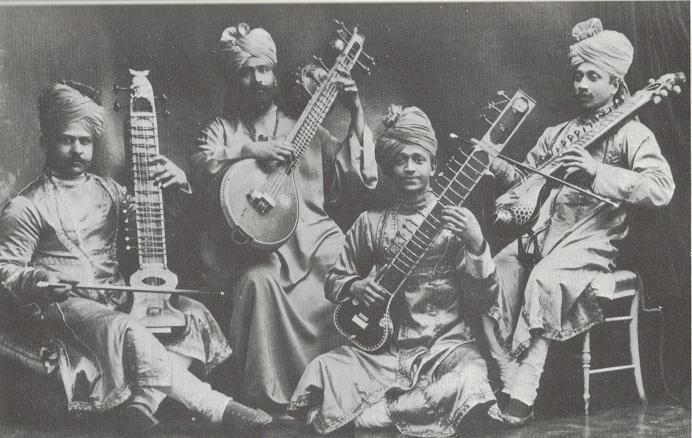
“This period is considered to span from the 6th century to the 13th century.” A review of the texts from that time clearly shows that just as night songs are popular today, Prabandha was prevalent during that period.
Similarly, Prabandha singing was common in that era, and the Medieval Period is also known as the Prabandha period.
From the 9th century to the 12th century, music saw significant development, with skilled musicians present in the royal courts, who were well-compensated by the rulers.
This period is often referred to as the Golden Age of Music.
Important Texts from the Medieval Period
- Sangeet Makarand
- Geet Govind
- Sangeet Ratnakar, among others
Sangeet Makarand This text was composed in the 12th century by Jaidev, who was not only a poet but also a skilled singer. It contains collections of Prabandhas and songs, but without proper notation, singing them is challenging.
Sangeet Ratnakar Sangeet Ratnakar was written in the 13th century by Sarangdev. This text is considered important not only in Northern Indian music but also in Southern Indian music.
“In the 11th century, the Mughal invasions began, and by the 12th century, Muslim rule was established in India.”
The influence of the Mughals on Indian music led to a gradual separation of Northern and Southern Indian music. Some Mughals had a great love for music, which led to the flourishing of music during their time.
“During Akbar’s reign, music saw significant progress as Akbar himself was a lover of music. According to the Ain-i-Akbari, there were 36 musicians in Akbar’s court, with Tansen as the chief among them. Tansen composed many ragas such as Raga Darbari Kanada, Miyan Ki Sarang, Miyan Malhar, etc.”
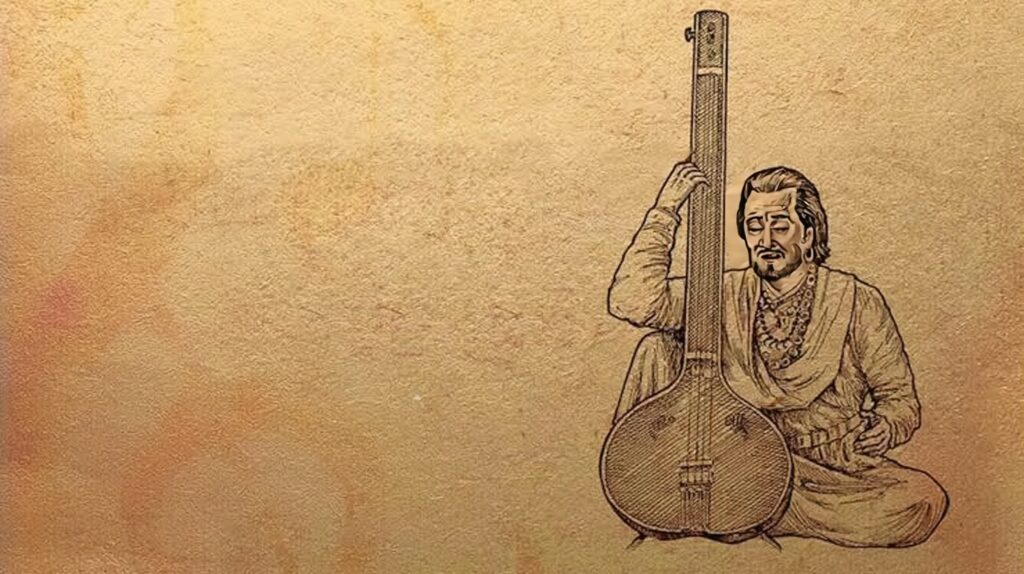
Even today, the dhrupad compositions created by Tansen are found.
During Akbar’s time, music received great promotion from the kings of Gwalior like Raja Man Singh Tomar, and through the devotional poets like Goswami Tulsidas and Meerabai.
Indian Music History – Modern Era
“During the colonial period, the French, Portuguese, Dutch, and British came to India, but the British established dominance. Their primary aim was to rule and make money.”
Expecting them to promote music was futile. During that time, music was sustained in a few royal courts, but the number of musicians decreased. Musicians struggled to teach music even to their own relatives. Gradually, music fell into the hands of courtesans, and it became a mere means of entertainment, leading to the general public despising folk music. In some respectable societies, even mentioning music was considered sinful.
After 1600 AD, and particularly before the 20th century, the promotion of music began. The main credit for this goes to the late Pandit Vishnu Digambar and Pandit Vishnu Narayan Bhatkhande. Bhatkhande focused on the theoretical aspect of music, while Digambar emphasized the practical aspect. Together, they strengthened the foundation of Indian music.
All India Radio and cinema also played significant roles in promoting music. After independence, the Indian government contributed greatly to the promotion of music.
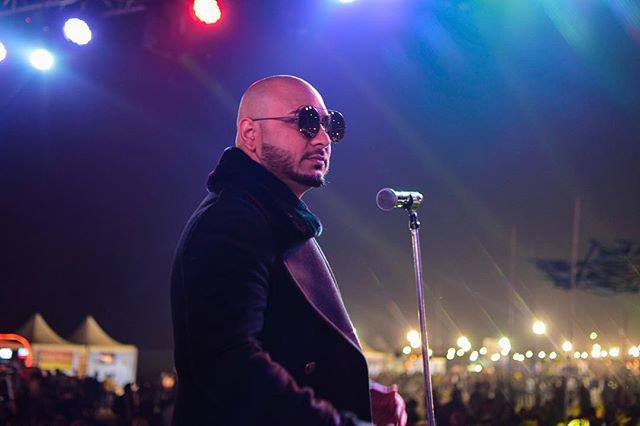
Today, music is at its peak. Everyone enjoys listening to music.

Pingback: Dhamar: A Profound Style of Indian Classical Music - Indian Classical Music
Pingback: What Is Rhythm – Definition Of Lay - Indian Classical Music
Pingback: Raag Yaman Kalyan - Indian Classical Music
Pingback: Dhamar: A Profound Style of Indian Classical Music – Indian Classical Music